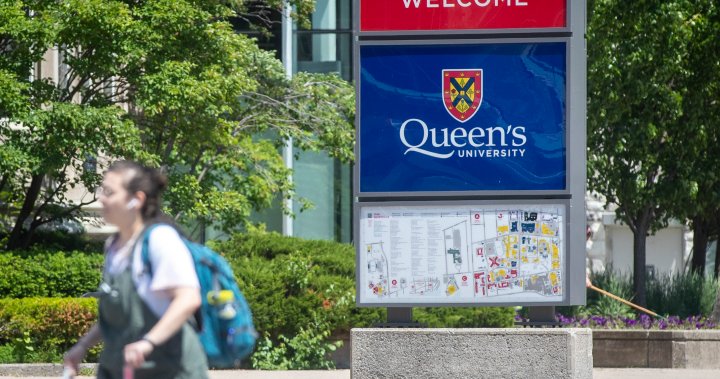The looming prospect of a strike at Queen’s University underscores the growing tension between the institution’s administration and its support staff. Five bargaining units, representing 1,000 workers and encompassing a diverse range of roles from food service and library staff to tradespeople and custodians, have filed a strike notice, setting a potential walkout date for February 3rd. These workers, members of CUPE locals 229, 254, and 1302, assert that their wages have stagnated significantly, falling 11-15% behind inflation in recent years, while senior administrators enjoyed substantial pay increases. This discrepancy, coupled with concerns about understaffing and job security, forms the crux of the dispute.
The workers’ frustration is palpable. Many report taking on second jobs to make ends meet, a situation that adds stress and detracts from their personal lives. They argue that the university’s compensation practices are unsustainable, making it difficult to attract and retain qualified personnel. This understaffing, in turn, exacerbates existing workloads, impacting not only the workers themselves but also the students who depend on the services they provide. The workers contend that the university administration must acknowledge this imbalance and take concrete steps to address it. They are seeking not only fair wages that reflect the rising cost of living but also improved working conditions and greater job security.
The university, for its part, maintains its commitment to the negotiation process. In public statements, the administration emphasizes its respect for its employees and the collective bargaining process, highlighting the scheduled bargaining dates as evidence of its willingness to find a resolution. The university has also announced contingency plans to mitigate potential disruptions in the event of a strike, aiming to ensure the continuity of essential services for students. However, despite these assurances, the gap between the two sides remains significant.
The core issue revolves around the economic disparity between the university’s highest-paid employees and its support staff. While the workers struggle to keep up with the rising cost of living, senior administrators have seen their salaries increase considerably. This disparity is particularly galling for the union members who see their hard work and dedication undervalued in comparison to the perceived compensation of those in leadership positions. The workers argue that this inequity is not only unfair but also detrimental to the overall functioning of the university, hindering its ability to attract and retain the qualified personnel necessary to maintain its academic standards.
The ongoing negotiations are further complicated by the involvement of Aramark, the university’s food-service contractor. The workers employed by Aramark face similar challenges as their university-employed counterparts, including stagnant wages and precarious employment. Their inclusion in the strike notice broadens the scope of the dispute and underscores the interconnectedness of the various support staff roles within the university ecosystem. The unions involved are part of a larger coalition, the Unity Council, which represents nearly 5,000 workers at Queen’s. Many of these workers are also engaged in ongoing negotiations with the university, adding another layer of complexity to the situation and raising the stakes for all parties involved.
The potential strike at Queen’s University highlights the broader trend of labor disputes within the higher education sector. As universities grapple with financial pressures and changing economic landscapes, support staff often find themselves on the front lines of budget cuts and austerity measures. The situation at Queen’s serves as a microcosm of these larger issues, reflecting the growing discontent among workers who feel their contributions are not being adequately recognized or compensated. The outcome of these negotiations will have significant implications not only for the workers at Queen’s but also for other universities facing similar challenges. It could set a precedent for future labor actions and influence the ongoing dialogue about fair wages, working conditions, and the value of support staff within the academic community.

